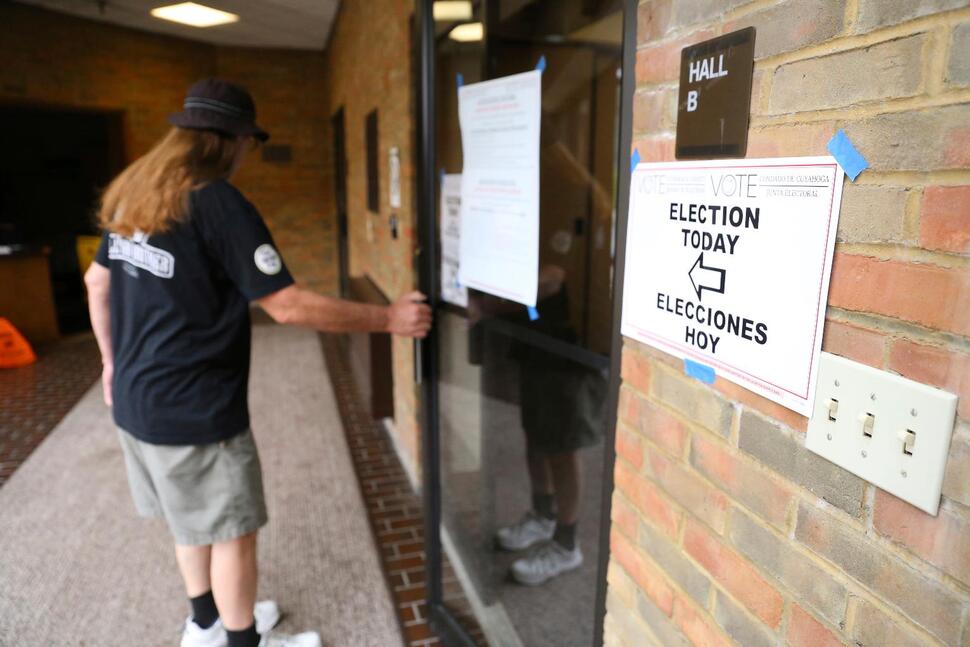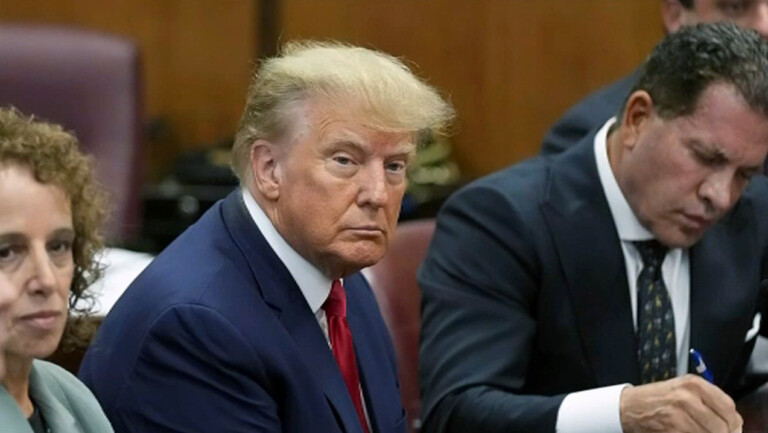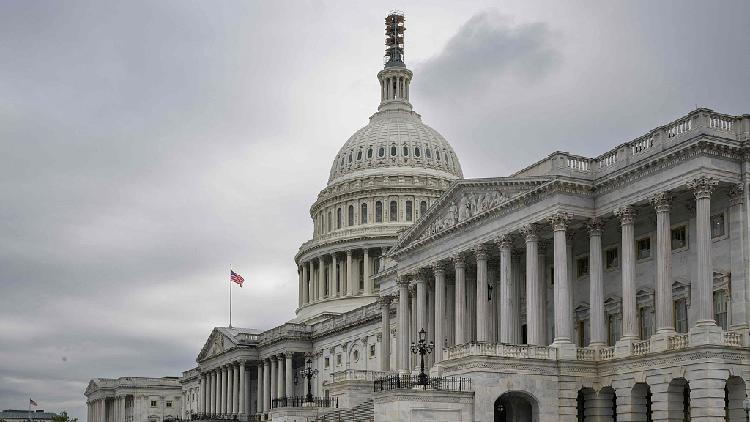Abortion is on the ballot Tuesday in Ohio – even though it’s not.
Buckeye Staters are voting on a measure that would raise the threshold for passing a state constitutional amendment to 60%, up from the current standard of a simple majority.
Should the ballot initiative pass, it means abortion rights advocates will have a much higher bar to clear in November when Ohioans will vote on a proposed constitutional amendment to enshrine abortion and general reproductive rights in the state constitution.
It’s all part of a power struggle in the states since last summer when the Supreme Court, in Dobbs v. Jackson Women’s Health Organization, overturned the Roe v. Wade ruling guaranteeing abortion rights, allowing states to ban it or specifically permit the procedure inside their own borders.
Since the Dobbs ruling, six states have voted on ballot measures on abortion, the most on record in a single year. In all cases, the anti-abortion forces lost: California, Michigan and Vermont enshrined abortion rights in their states. In Montana, voters rejected what was effectively a ban on abortion, and in Kansas and Kentucky, citizens voted down measures that said abortion rights were not guaranteed in the state constitution.
The issue remains politically potent, with pro-abortion rights Democrats ready to use the issue against Republicans this year and in 2024. A tracking poll by the nonpartisan Kaiser Family Foundation indicates Democrats have an edge: 42% of those polled in May said the Democratic Party best represents their own views on abortion, compared to about one fourth (26%) who say the Republican Party best represents their own views on abortion, the survey found.
Activists in five other states – Missouri, Florida, Iowa, Nebraska and South Dakota – are also working to get abortion-related referendums on state ballots, making the issue front and center in the presidential election year.
Pro-abortion rights forces in Ohio were hoping to follow that trend with a state constitutional amendment. Polling shows that a strong majority of Ohioans support abortion rights.
But the state legislature – which has passed a law virtually banning abortion, on hold while a court decides if it’s constitutional – fought back. It scheduled a special election for Aug. 8 for the referendum that would make it much harder for abortion rights supporters (who last month presented enough signatures to get their referendum on the ballot this fall) to prevail.
That’s despite the fact that the same legislature in December passed a law eliminating August special elections (except for House nominations), on the premise that they are expensive and inconvenient for voters, resulting in low turnout. This year, state lawmakers adopted a resolution allowing this year’s August special election. A court challenge was rejected in June.
“Once they saw we were putting the signatures together” to get abortion rights on the ballot, “that’s when they started to bring back the [August] special election,” says Ana Martinez, senior campaign manager for the Ohio Women’s Alliance. Not only would Tuesday’s referendum hamstring efforts to secure reproductive rights, but “we’re going to spend $20 million of taxpayers’ money for this,” Martinez adds.
A recent USA Today/Suffolk University poll found that 58% of Ohioans support guaranteed access to reproductive services, while 32% oppose it. That’s enough to secure a win for abortion rights advocates in November – but not if the referendum passes on Tuesday, in a month where it’s harder to organize voters and get them to the polls.
For abortion foes, Tuesday’s initiative may be the only way to stop the November measure guaranteeing the right to abortion – and reversing a law passed by Ohio’s GOP-controlled legislature.
“If life doesn’t mean something – if life is just disposable – you undermine every issue,” says Father Frank Pavone, the national director of Priests for Life who advised former President Donald Trump’s campaign. Pavone says the November referendum also undermines parental rights by not explicitly excluding things like transgender therapies for minors under the “reproductive rights” category.
The ballot initiative is drawing fire and support on two separate issues – whether abortion should be allowed, and whether Ohio voters should have to assemble a supermajority to amend their own state’s constitution.
“It’s very anti-democratic and would make a major change in our constitution,” says Mia Lewis, associate director of Common Cause Ohio. “We have a proud history of majority rule in Ohio.” The referendum “would take away the right of citizens to access the ballot and put proposed constitutional amendments directly in front of voters,” Lewis adds.
Supporters say that amending the constitution shouldn’t be so easy.
“Our fundamental rights can be wiped away by corporate greed. Let’s set the bar at 60%,” says an ad produced by a group called Protect Our Constitution. Most of the group’s funding comes from a single individual who lives out of state, the Ohio Capital Journal reported.
Pavone notes that the U.S. Constitution can only be amended with supermajorities of Congress and the states. “Sometimes, the rights of the minority need special protections, too,” he says.
For the moment, abortion is legal in Ohio, up until 22 weeks gestation, while Ohio courts determine if the newly passed law, banning abortion after a fetal heartbeat can be detected, is constitutional.
Despite the off-year, off-month election, early voting has been heavy: As of Friday, 578,490 people had voted early or absentee, the secretary of state’s office reported, calling it “a dramatic increase in voter participation” compared to the last August special election in 2022.
Neither side said it could predict what will happen Tuesday, given the nature of the issue and the unusual timing.
That matter, at least, will be determined by whichever side gets a simple majority.







